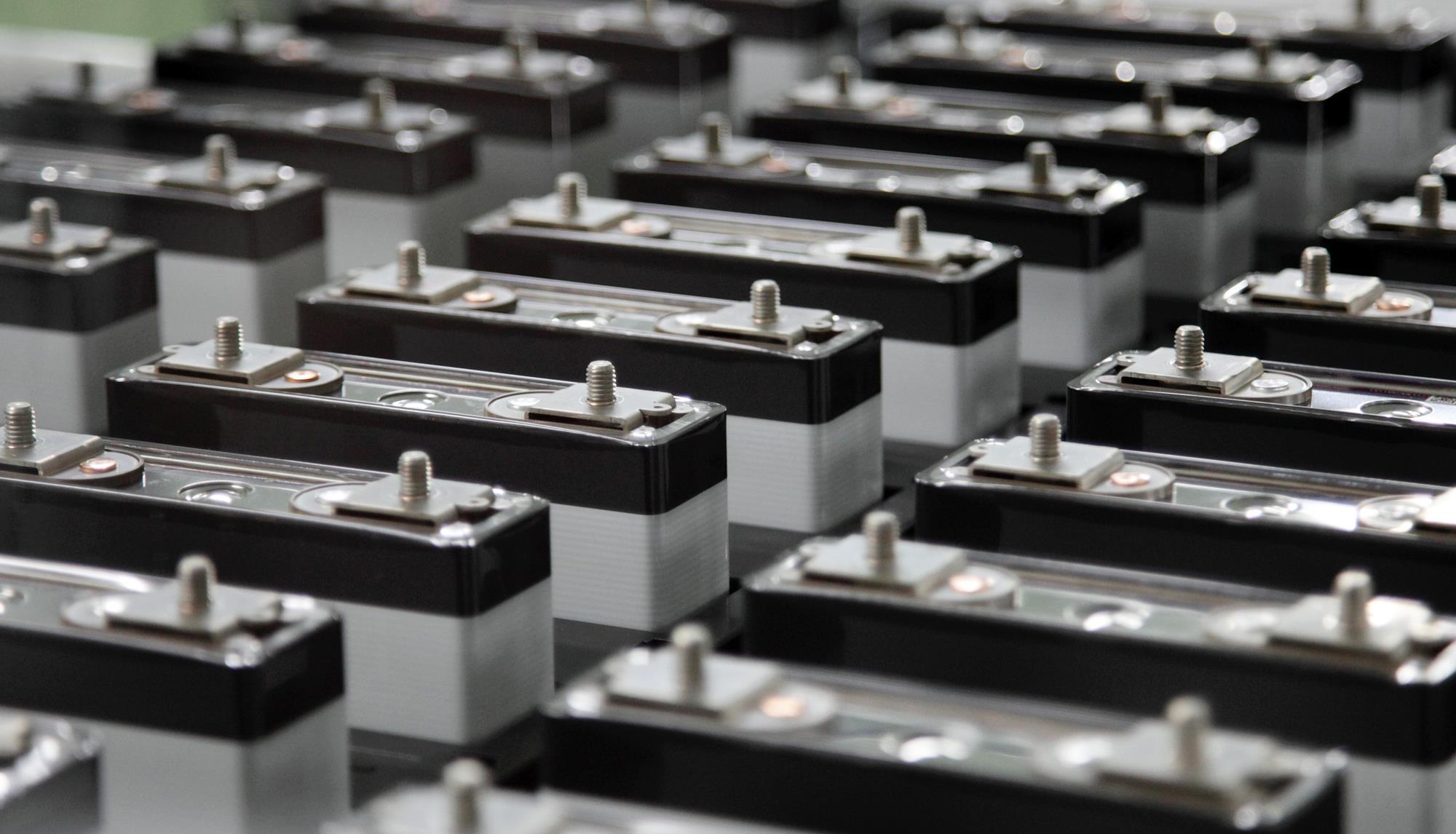Batteries are one of the engines of our civilization today, even more so when it tries to move towards the widespread use of cleaner and more sustainable energy. Two alternatives to lithium-ion batteries remain to be explored: those operating with aluminum radicals and those with an aluminum-sulfur mixture. Aluminum, one of the keys to the future of the battery?
Batteries are everywhere: telephones, energy storage systems, servers or electric vehicles. To do without it today would be utopia, or dystopia depending on your point of view. Currently, the most used type of battery is the lithium-ion one. Very advantageous in terms of energy density, they are far from perfect: high environmental impact, integration into complex recycling processes and explosive potential, even if this last point remains rare. In this specific context, many researchers are exploring other battery technologies, and one of the elements of the answer seems to be found in the use of aluminium.
Batteries with aluminum radicals
Zhejiang Sci-Tech University in China and Flinders University in Australia are working together to develop this type of battery. They are less toxic and remain very effective in use, operating through a reaction of water-based, flame-retardant and air-stable electrolytes. Thus, they have a stable voltage of 1.25 V for a capacity of 110 mAh g-1 (milliampere-hours per gram). The higher this number, the more efficient the battery. Over 800 charging cycles, they lose only 0.028% of their total capacity. Pretty impressive results.
These batteries are efficient, the data proves it and they are clean to produce. At least much cleaner than conventional lithium-ion. No use of hazardous and exhaustible materials: lead, cadmium, mercury and whatnot. These compounds are metallic trace elements (formerly called heavy metals) that are very toxic to ecosystems if thrown away. The use of stable radicals, which are not very reactive with other chemical substances, is a serious alternative in the manufacture of batteries.
Aluminum-sulfur batteries
The battery operating with aluminum and sulfur is another alternative. These two elements would compose the electrodes (part of the battery where the transfer of electrons takes place as well as the storage of energy) and this design has several advantages. The first is that aluminum is the most common metal on the planet and sulfur is also very available for a very advantageous price. The other advantage is that the construction of an aluminum-sulfur battery is safer, because it avoids the use of flammable organic liquids in its structure. This design also avoids any risk of short circuit.
These batteries are therefore less expensive, less dangerous, and more resistant to fire. On the other hand, their lifespan would apparently be shorter and their performance is not yet at the level of lithium-ion. We can not have everything !
Aluminum could be a new way to design batteries in the future. They have many advantages, whether from an economic or environmental point of view. From an ecological point of view, they are not perfect anyway; we cannot generate energy without impacting the environment. In any case, each direction is good to explore if we want to get rid of our dependence on lithium.
Sources: TechXplore, Trust My Science

6